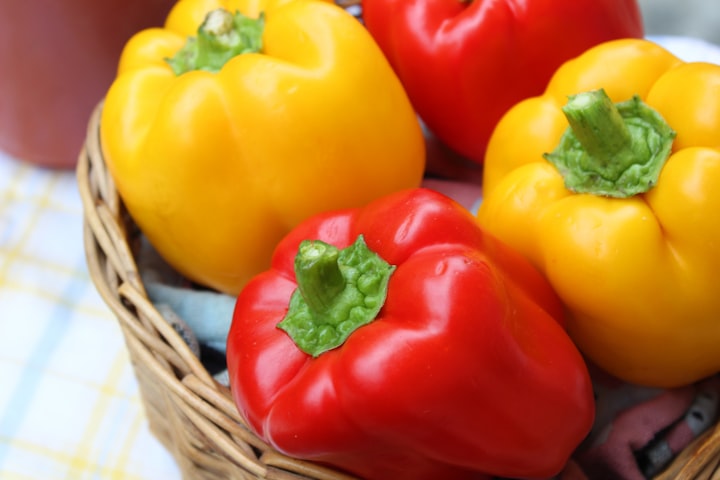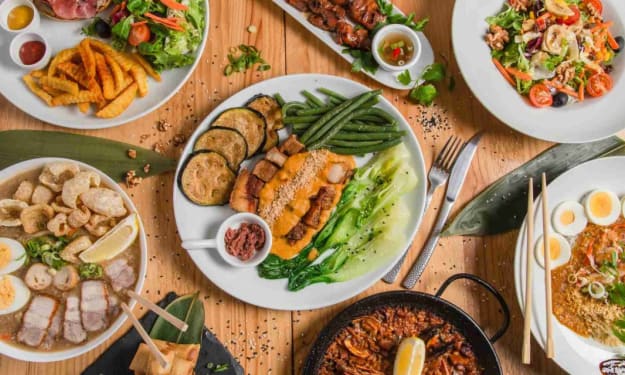How to Grow Sweet Peppers
Have the Best Sweet Peppers In Town
Growing sweet peppers at home is not a difficult task, and it can be fun and rewarding. Sweet peppers make excellent vegetables to include in dinners, omelets, sandwiches, salads, and to sauté. They also supply huge amounts of vitamin C, something most people aren’t aware of. They are relatively easy to grow in most locations throughout the country, and they add a pleasing touch of color to your garden. In case you don’t know this fact, red peppers in reality are merely green peppers that are simply left to ripen longer on the vine. In addition to the popular bell peppers that ripen from green to red, there are bells of various sizes and colors, and a great many specialty types to pick from.
Basics For Successful Planting
While peppers get a bad rap for being hard to grow, it is largely undeserved. Their cultivation needs are similar to those of tomatoes. As do most garden plants, sweet peppers favor loamy soil that holds plenty of organic matter and has a neutral pH. Furthermore, they desire lots of sun and regular watering. Sweet peppers are a great vegetable for growing in containers, and if you are doing that, then your potting mix should contain an abundance of organic material.
In general, it’s a good idea to start your peppers off indoors. You don’t have to, of course, but it isn’t really all that much trouble. Pepper seeds are quite small and require enough heat to germinate. They are infamous for growing slowly, so expect to start them at least 8-10 weeks before the weather is settled in your location and the threat of frost has passed. This is one plant that you really want to make sure you get a head start growing.
Place 3 pepper seeds in a pot filled with Seed Starting Potting Mix if you intend to grow them individually. Once seedlings appear, remove the two weakest seedlings, thus allowing the strong to remain. Yes, in the plant world, just as like in the animal kingdom, the rule is survival of the fittest. Otherwise, sow seeds around 1/4 in apart and 1/4 inch deep in shallow flats containing Soil Starting Mix. The mix should be kept moist yet definitely not wet. Since peppers grow best in warm soil, it is recommended that you employ a seedling heating mat to allow the soil temperature to remain 80-90F until the seedlings begin to sprout. After that the temperature can be dropped to 70F.
When your peppers begin growing leaves, they’ll require more room to grow comfortably. That’s when you should transplant them to 4 in pots or 50-cell flats so that healthy roots will have enough room to grow. Stunted roots will adversely affect the growth and health of the plant itself. It would be best to use a compost-based starting mix which normally provides enough nourishment to last 4-6 weeks. However, if you are using a mix with no compost plan on fertilizing after the first week. You should use a fertilizer that is organic, fished-based, with moderate levels of nitrogen to prevent plants from being over fertilized, or “burned.” This is not a pretty sight, and it happens all too frequently because of the misleading belief that more is better. Not necessarily so.
Planting Sweet Peppers
Fork 3 inches of soil into the top 6 inches of your native soil in your garden bed before you start your planting. The best and easiest way to grow sweet peppers is to start off with healthy, vigorous plants, so you’ll be well on your way in no time. Under ideal circumstances, the plants will even have a few unopened buds, however, if there are any open flowers or small fruits, be sure and remove them before you transplant. The aim is for the plants to harness their energy in order to grow big and produce a solid crop. Seedlings that are transplanted with fruit already on them may wind up placing too much energy into the growth and health of the early fruits at the expense of the overall yield.
Only transplant your peppers if you are certain that the possibility of frost has now passed. Plants should be placed 12-18 in apart in rows 24-36 in apart. Water the seedlings immediately with a high-phosphorous, organic, fish-based fertilizer to lower the risk of transplant shock and help them get off to a great start. Transplant shock is when your plants droop and sag, looking a bit like war refugees, after being moved to their new home.
Proper Watering
Water your peppers daily to keep the soil moist, but it’s important not to soak it. You don’t want your plants standing in water. Peppers do drink quite a lot, so you should give them about 2 inches of water weekly. If you live in a warmer climate and experience a long period of hot weather, you will probably have to resort to watering them every day. Although fertile, well-irrigated soils are the best type for pepper plants, it is crucial that you never allow your pepper plants to dry out. The result of this will be just as bad as that for overwatering. Furthermore, be sure to water them at the base, not on the leaves, so roots are sure to get water and to also help keep disease from starting.
In addition, keep in mind that excessive nitrogen can make your plants produce plenty of leafy growth, but very little fruit, so be aware of the nitrogen level in your soil.
Pests and Diseases
Which diseases and pests attack pepper plants are different depending on which area you are located in. Cutworms can be kept under control by the use of paper collars placed around the seedlings, or by using products with Bt (Bacillus thuringiensis), for example, Dipel. This also is a great method for controlling the corn ear worm, and the European corn borer, which tend to bore their way into fruits. You can keep aphids, flea beetles, and tarnished plant bugs at bay with pyrethrum-based products like Pyganic.
The disease called blossom end rot is caused by the plants not getting enough calcium during the time when the fruits are actively growing. To keep this from happening, be sure to supply enough calcium in the soil. Irrigating on a regular basis can make a difference too, as changing levels of moisture raise the likelihood of blossom end rot occurring.
Harvesting Sweet Peppers
With sweet peppers you have a choice. You can either allow your peppers to ripen naturally on the vine, or you can pick them while they are still green and allow them to do their ripening indoors. You should know, however, that peppers become sweeter, and their vitamin C level increases the longer they’re allowed to remain on the plant. But ultimately, the choice is yours and neither option is a bad one.






Comments
There are no comments for this story
Be the first to respond and start the conversation.